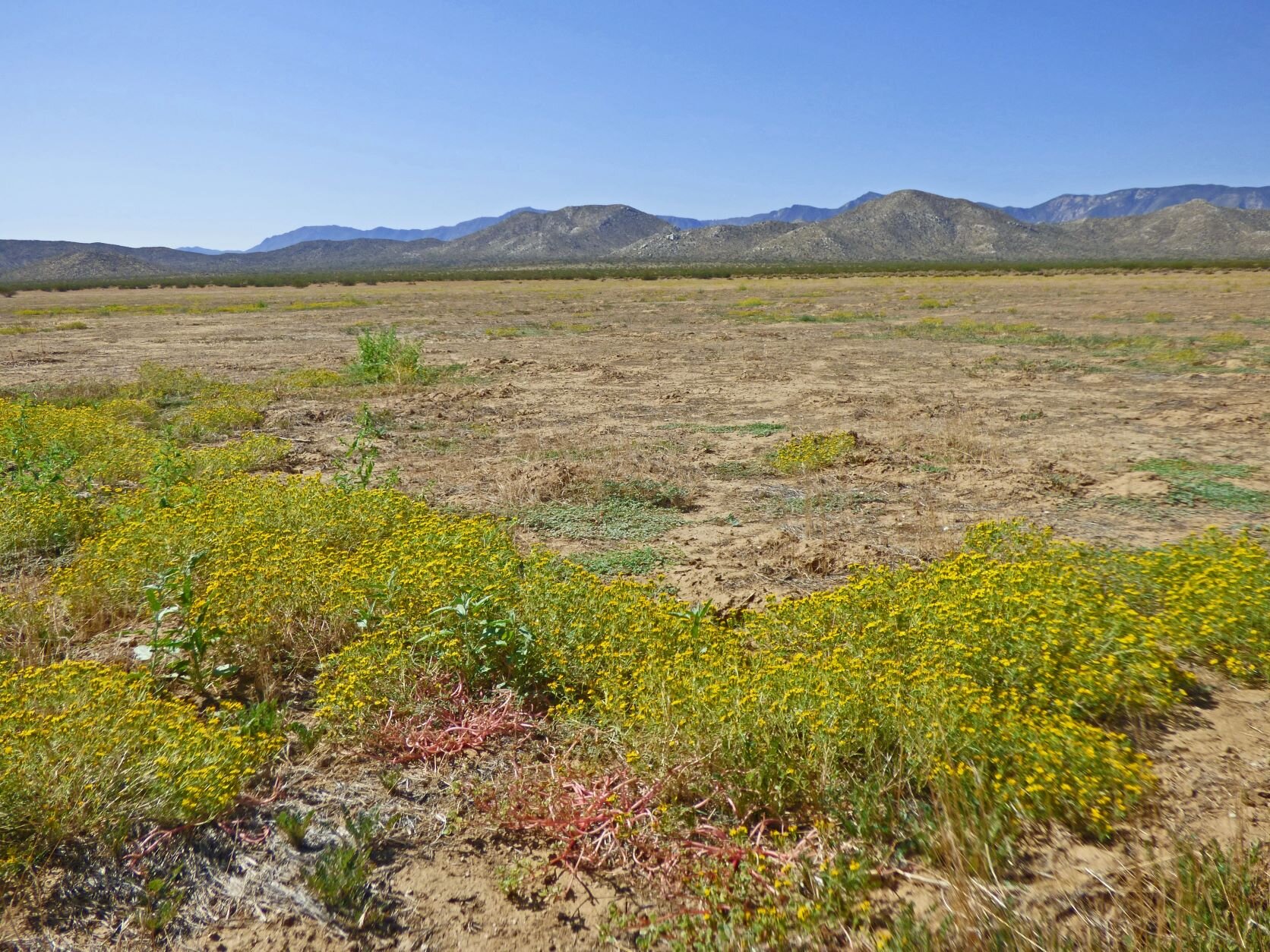By Tom Oberbauer, Past President CNPS-San Diego
As one drives east on Interstate 8, between El Cajon and Alpine, a large mountain is to the north. It is notable for the high ridge point that has nearly shear cliffs on two pointed sides. The light-colored granodiorite cliffs are visible from far away. If one drives up the San Diego River in Lakeside traveling to El Monte Park, the mass of the mountain becomes even more visible, dropping directly into the Valley. The true name of this mountain is El Cajon Mountain because of its proximity to El Cajon and El Cajon Valley. El Cajon istranslated to be “the box”. It seems a bit amusing that a mountain would be named box mountain. However, everyone who sees the mountains and those who live near it refer to it as El Capitan. El Capitan or “the captain” is the name of one of the famous landmarks in Yosemite, and its resemblance to that landmark is the reason that this mountain is usually referred to as El Capitan. In fact, El Capitan High School and El Capitan Dam both reflect that local name for the fountains.
The mountain is not really large, being 3,651 feet in elevation, but it is located in the midst of granitic rock domes – massive plutons of rock that are the product of subduction and fractionization of molten material. During the Cretaceous, 145 to 66 million years ago, the sea floor was subducted beneath the north American plate. As the sea floor plate was forced downward beneath the continental crustal mass, it was heated and became molten. The heavier basaltic material stayed low in the molten column but lighter materials, such as quartz and feldspar, bowed upward due to its lighter mass being distilled out of the mix of molten rock, far below the earth’s surface. The lighter molten rock formed large balloon shaped blobs that intruded upward, heating their surroundings but also cooling very slowly, maybe taking millions of years. The slow cooling process allowed for crystals and chunks of orthoclase and plagioclase feldspar within the quartz to grow. Impurities of iron and other minerals also grow into crystals, producing their light gray white or slightly tan rock with flecks of black mica and black tourmaline or shorl.
These large solid balloon-shaped blobs of slowly cooled rock (plutons) stayed beneath the surface until plate tectonic forces raised the crust upward. As the erosive forces of millions of years of rain and weathering occurred, the overlaying surfaces eroded away, the large plutons of hard granitic material were exposed to the surface and even thrust higher upward. Famous plutons include Half Dome and El Capitan in Yosemite.





